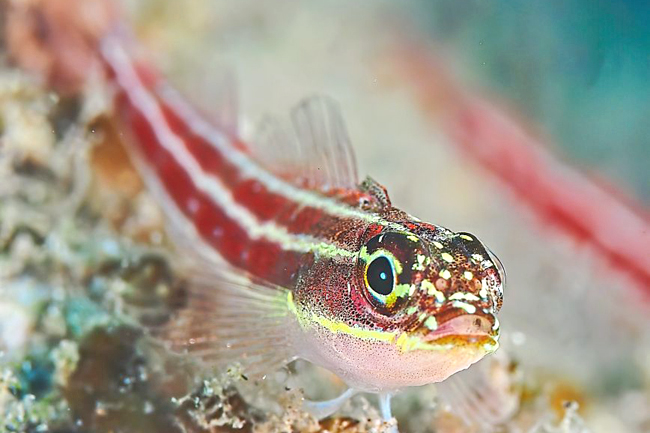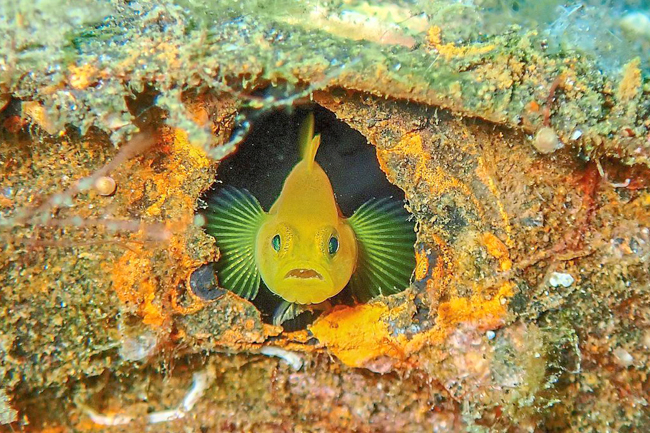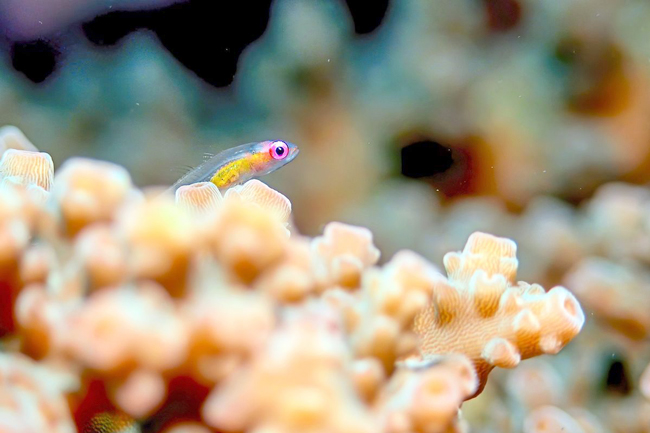ANN/THE STAR – Underwater photography is about diving beneath the waves to capture the hidden wonders of the ocean’s life.
It allows photographers to peer into vibrant coral reefs teeming with life or view majestic marine creatures showcasing their dynamic and natural beauty.
One of the important things to know about underwater photography is understanding how light behaves as it penetrates the ocean depths. Unlike on land, where sunlight travels into the sea, water absorbs and scatters light, causing changes in colour, contrast, and visibility.
This effect, called attenuation, causes specific colours to fade away as one goes deeper.
Reds and oranges are the first to vanish.
The water is a natural filter, absorbing longer wavelengths of light and leaving behind cooler tones as we go deeper.
This loss of colour can impact underwater photography, leading to dull and monochromatic images.
However, understanding these principles allows photographers to anticipate and compensate for the attenuation effects, ensuring the images captured retain their colours.
Therefore, strobe lighting is used to compensate for the loss of colour underwater.





Strobes are powerful artificial lights that illuminate subjects and restore lost colour spectrums. Strategically positioning strobes and adjusting their intensity can enhance the vibrancy and clarity of the images, bringing out the natural and true beauty.
When it comes to underwater photography, photographers have two choices – either macro or wide-angle photography.
Each approach offers unique challenges and opportunities, allowing one to capture different aspects of underwater life.
Macro photography focuses on capturing small marine life and intricate details up close.
The lens used is between 60 millimetres (mm) and 105mm to give the photographer high magnification on their subjects.
From tiny nudibranchs to delicate seahorses, macro photography allows one to capture the ocean’s tiniest inhabitants.
To excel in underwater macro photography, one has to be patient, precise, and have an eye for detail.
Capturing compelling macro images requires getting up close and personal with their subjects.
On the other hand, wide-angle photography showcases grand underwater landscapes, capturing scenes that showcase the beauty and diversity of marine environments.
From vibrant coral reefs to sprawling underwater seascapes, wide-angle photography allows us to immerse ourselves in the awe-inspiring beauty of the ocean.
The lens used is between 10mm and 24mm, which allows the capture of a broad field of view.
Like landscape photography, one would have to use and apply the same composition principles, using leading lines, perspective, and natural light to create captivating images that draw viewers into the scene.
Underwater photography can also affect the apparent magnification of lenses due to the refractive properties of water.
Images or subjects are generally 25 per cent larger than those above the surface when shooting underwater.
Generally, wide-angle lenses may appear less magnified underwater than macro lenses, which can achieve higher magnification for capturing small details.
Underwater camera housings are also needed if you’re shooting with a mirrorless or DSLR camera.
These housings are typically made of durable materials such as polycarbonate or aluminium and are designed to withstand pressure and the seawater’s corrosive effects.
Housing designs vary, depending on the type of camera and the specific needs of underwater photographers. It has features and buttons allowing photographers to access underwater camera settings and functions.
By understanding the unique challenges and techniques of underwater photography, a diver can offer a fascinating glimpse into the hidden wonders of the sea. So, grab the camera in your next dive to expose wonderful underwater secrets.





